A history of tartan: from Falkirk to Mod
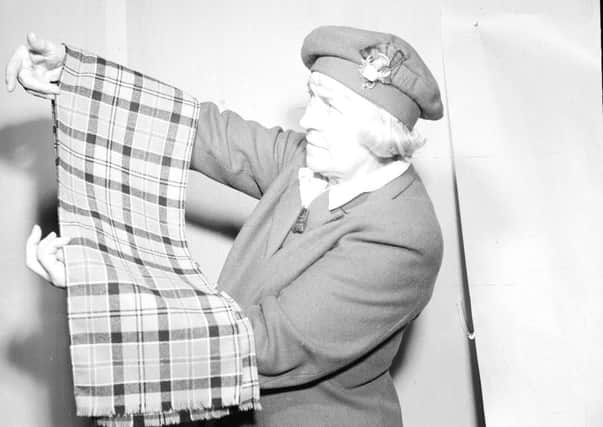

Early tartans
Chaotic yet orderly, clashingly exuberant, tartan’s history jumble fact with outrageous fiction. Nearly everything you think you “know” about tartan was invented, then furiously believed until fact seemed pale and unsporting in comparison.
First, to vocabulary: “tartan” refers to a twill-weave pattern consisting of two sets of stripes at right angles. An individual tartan - with its color palette and stripe widths - is called a “sett”. In Gaelic, a plaide refers to any woolen blanket.
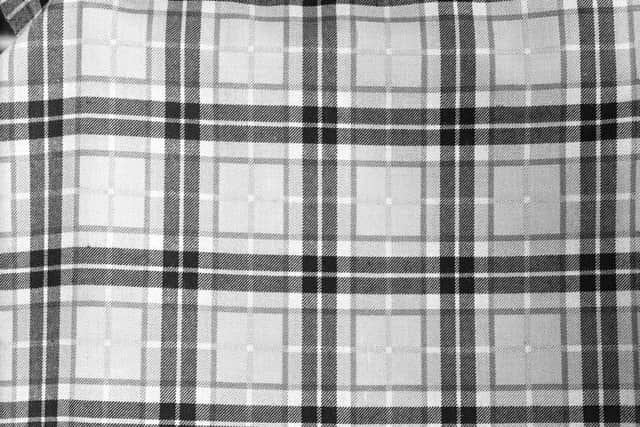

Advertisement
Hide AdThe oldest known Scottish tartan, the Falkirk sett, dates from the 3rd century CE. Ancient Scots wore a three-piece ensemble: a léine, or tunic-shirt, a brat, a semi-circular cloak, and tight-fitting hotpants called trews.
By the seventeenth century, this getup evolved into the fhéilidh-Mor, or belted plaid. Scots would place a belt on the ground and the plaid blanket on top of it. You’d lay down on it, belt the blanket into place, and stand up a kilted Scotsman. It also doubled as a sleeping-bag.
The Squashing o’ the Tartan
Tartan’s troubles began with James VII. A staunch Catholic, James VII was chased from the throne in favor of the Protestant Dutch duo William and Mary, who happened to be James’ daughter. Grousing Scots claimed James’ son, named James Francis Edward Stuart, was the rightful heir to the British crown. Thus began 70 years of Scottish Jacobite rebellions (“Jacobite” from the Latinate form of “James”). The Jacobites first rallied around the infant-grown-up James (the “Old Pretender”) and later around his son, Bonnie Prince Charles, the “Young Pretender”.
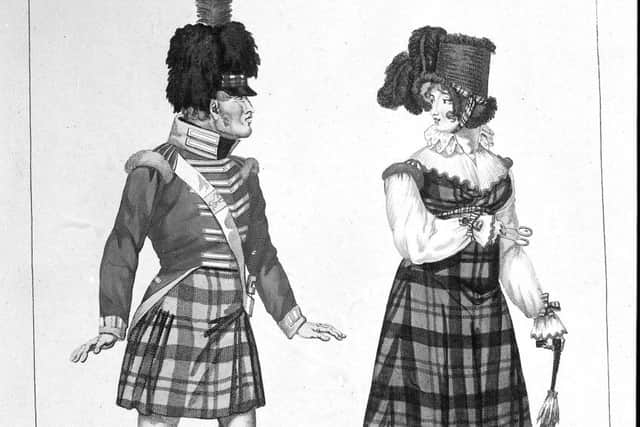

Charles raised troops in 1744 to claim the British throne. His army enjoyed early success but lost badly at Culloden in 1746. Charles was spirited from the scene, disguised as a maid by Flora MacDonald, then skulked off to end his days in France.
The English then squashed the Jacobite movement, subjugating the Highlands. They started with the Disarming Act of 1746, which banned tartan on penalty of imprisonment, then deportation.
Tartan-wearing became popular among groups exempt from the ban, like the military. The ban proved unbeatable in fuelling nostalgia: Wealthy Jacobites commissioned waves of portraits of themselves in tartan. A penny-novel version of Charles’ adventure sold like hotcakes. Innumerable ditties memorialized the “Highland Laddie” (garbed in “tartan plaidie”).
Advertisement
Hide AdIn 1778 the Highland Society of London formed, which succeeded in repealing the ban in 1782. Far from neutralizing the craze, this only increased tartan-ardor.
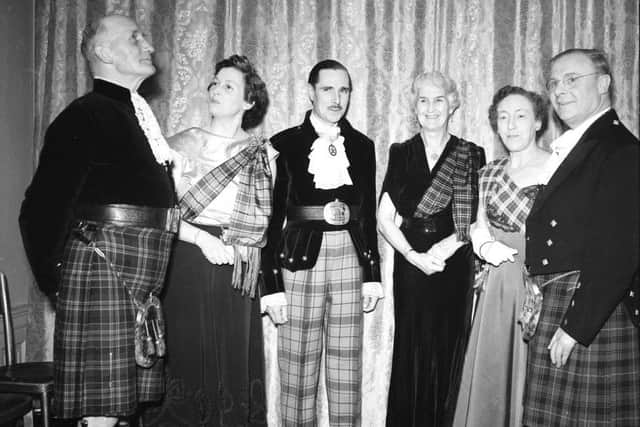

Tartan-washing
In 1815, the Highland Society of London attempted to collect samples of each clan’s traditional sett from their chiefs – only to force chiefs into admitting they had no idea what their clan tartan was. The connection between clan and sett had always been loose; it’s more likely that setts were associated with districts than with families.
Advertisement
Hide AdWhen King George IV visited Edinburgh in 1822, the situation became urgent: how would the cheering crowds dress, if not in their ancestral sett? A spectacle stage-managed by the novelist Sir Walter Scott, tartan papered over all kinds of awkwardnesses during the tableau. Scott dressed both the drunken Lord Mayor of London and the obese King in Royal Stewart tartan, while hiding George’s ulcerous legs in flesh-colored leggings.
Tartan fraud
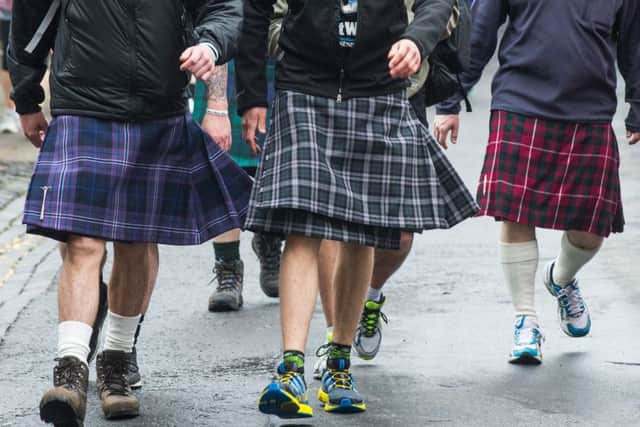

1760 saw the “discovery” of verses by Ossian, a third-century Scottish poet lauded as the “Celtic Homer”. Ossian was the construct of two men, both coincidentally named James Macpherson. Goethe, Schubert and Schiller gave Ossian rave reviews, and Ossian-themed merch and cultural products filled opera halls and art galleries throughout Europe.
In 1829 brothers John and Charles Allan unearthed a manuscript called the Vestiarium Scotium (The Garde-robe of Scotland). This manuscript traced setts to clan families of Scotland back to 1571 –a lot older than any previous historical record.
The brothers dodged attempts to verify their claims, then changed their name to Sobieski Stuart, after the Polish royal family related to the Young Pretender. The Sobieski Stuarts retreated to Inverness, where they eventually faded from public view.
Tartan goes mod
The Edwardian era saw the rise of men’s business suits, a uniform that became so universal it rendered any deviations in male dress as impossibly exuberant. “Exuberant” being often a euphemism for “gay”, men wearing kilts cranked up the testosterone. WWI German soldiers called the kilted Scottish fighters “ladies from Hell”.
The Ugandan dictator Idi Amin felt a kinship between his country and Scotland, both colonized by England. After a 1971 coup, Amin briefly clothed his black African troops in Royal Stewart tartan kilts.
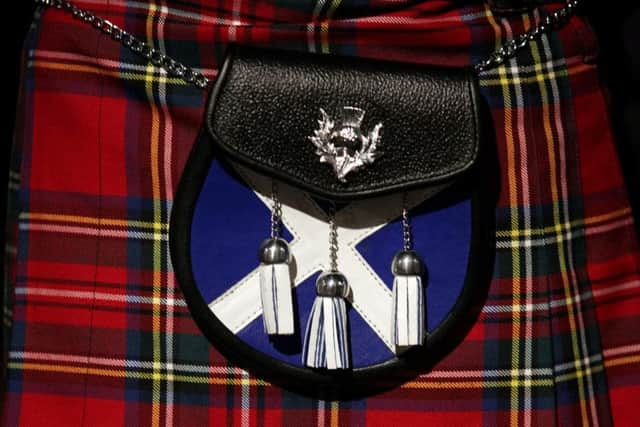

Advertisement
Hide AdBack in 1970s Blighty, punks were shredding up tartans, sticking nappy-pins through their noses, and shitting on every Establishment-England signifier they could find. “It is with Vivienne Westwood and Malcolm MacLaren’s launch of [the retail shop] Seditionaries …in late 1976, that tartan becomes indelibly associated with punk,” writes Jonathan Faiers in his book Tartan. Westwood pushed tartan to high-rent fashionistas enamored of punk (and immune to irony).
Patternalia by Jude Stewart is available now and published by Bloomsbury Publishing. Hardback, £16.99.